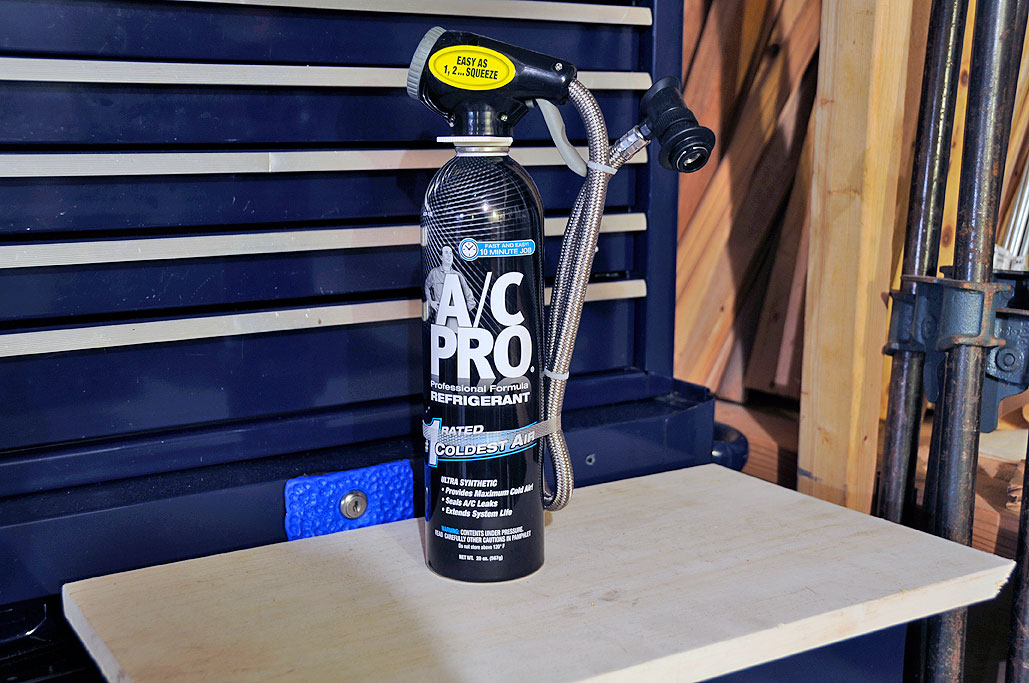Compressors In Car A/c Fundamentals Explained
2728 Most are relatively inexpensive accessories composed but internal under dashboard or center floor units using an electric fan are readily available. 2930 It had been an early sort of auto air purifier 31 and isn't utilized in cars relying upon methods to cool the inside.
The cool atmosphere is directed to the interior of the automobile. 3233 The evaporate"cooling" effect declines with humidity since the air is already saturated with water. Hence, the higher the humidity arid desert areas, the greater the system functions. Automobile chargers were more popular, particularly among summertime vacationers crossing or visiting the United States states of Nevada, and California, Arizona, Texas, New Mexico.
A fridge is a good illustration of such a system, into the environment and as it transports the heat from the interior. Circulating mist gas vapor (which also conveys the breaker lubricant oil throughout the system along with it) in the evaporator enters the gas blower in the engine bay, generally an axial piston pump compressor, and can be compressed to a higher pressure, resulting in a higher temperature as well.

The Facts About Condensers Revealed
The compacted and pressurized liquid effluent is then sent through the receiver-drier, that is, a 1 way desiccant and filter cartridge that both dehydrates the refrigerant and compressor lubricant oil mixture in order to get rid of any residual water content (which will turn into ice within the expansion valve and so clog it) the vacuum done before the charging procedure did not manage to eliminate from the machine, and filters it so as to remove any solid particles transported from the mixture, then through a thermal expansion valve where it gets an abrupt reduction in pressure.
The refrigerant is then routed through the evaporator coil from the passenger compartment. The atmosphere, frequently has been blown through an adjustable rate electrical powered jet fan throughout the evaporator, inducing the portion of this refrigerant mixture to evaporate also, further reducing the temperature.



To finish the cooling, the refrigerant vapor is hauled back into the compressor. The warmer reaches the evaporator, the greater the pressure of the vapor mixture discharged from it and the higher More about the author is the load put on the mill and on the motor.
The Buzz on Condensers
Via a belt, often the serpentine belt, and also an electromagnetically actuated clutch; an independently controlled variable displacement compressor may likewise be always directly driven by a belt without the necessity of any clutch along with magnet whatsoever ) or via an electrical engine. Power consumptionedit In a get redirected here modern car, the A/C machine will utilize roughly 4 horsepower (3 liter ) of the engine's power, thus increasing fuel consumption of the vehicle.
Popular Science. 123 (5): 30. November 1933. Retrieved 16. "Michigan Fast Facts and Trivia". 50states. com. April 2015, retrieved 16. Alder, Dennis (2004). Packard. MBI Publishing. p. 76. ISBN 978-0-7603-1928-4. a b Langworth, Richard M. (1994). Chrysler and Imperial: The Postwar Years. Motorbooks International. ISBN 0-87938-034-9.
p. 5. February 2015 archived in the original about . April 2015 retrieved 16. "1953-Buick Heating and AC Folder". oldcarbrochures.org. pp. 1011. February 2015 archived from the original about 7. April 2015 retrieved 16. oldcarbrochures.org. p. 23. Archived in the original about 7. April 2015, retrieved 16.
Popular Mechanics. May 1954. April 2015, retrieved 16. "One Controller Heating Cooling". Motor. 1954. Retrieved 16 April 2015. Gunnell, John, ed. The Standard Catalog of American Cars 19461975. Krause Publications. p. 176. ISBN 978-0-87341-096-0. Daly, Steven (2006). Elsevier Science & Technology Books.
Indicators on Condensers You Need To
2. ISBN 978-0-7506-6955-9. Retrieved 16. "News on the Automotive World - Nash Air Conditioner Combines Heat, Cooling, and Ventilating". Automotive Industries. 110: 86. 1954. Retrieved 16 April 2015. Stevenson, Heon J. (2008). American Automobile Advertising, 19301980: An Illustrated History. Mc Farland. p. 177. ISBN 978-0-7864-3685-9. Retrieved 16 April 2015.